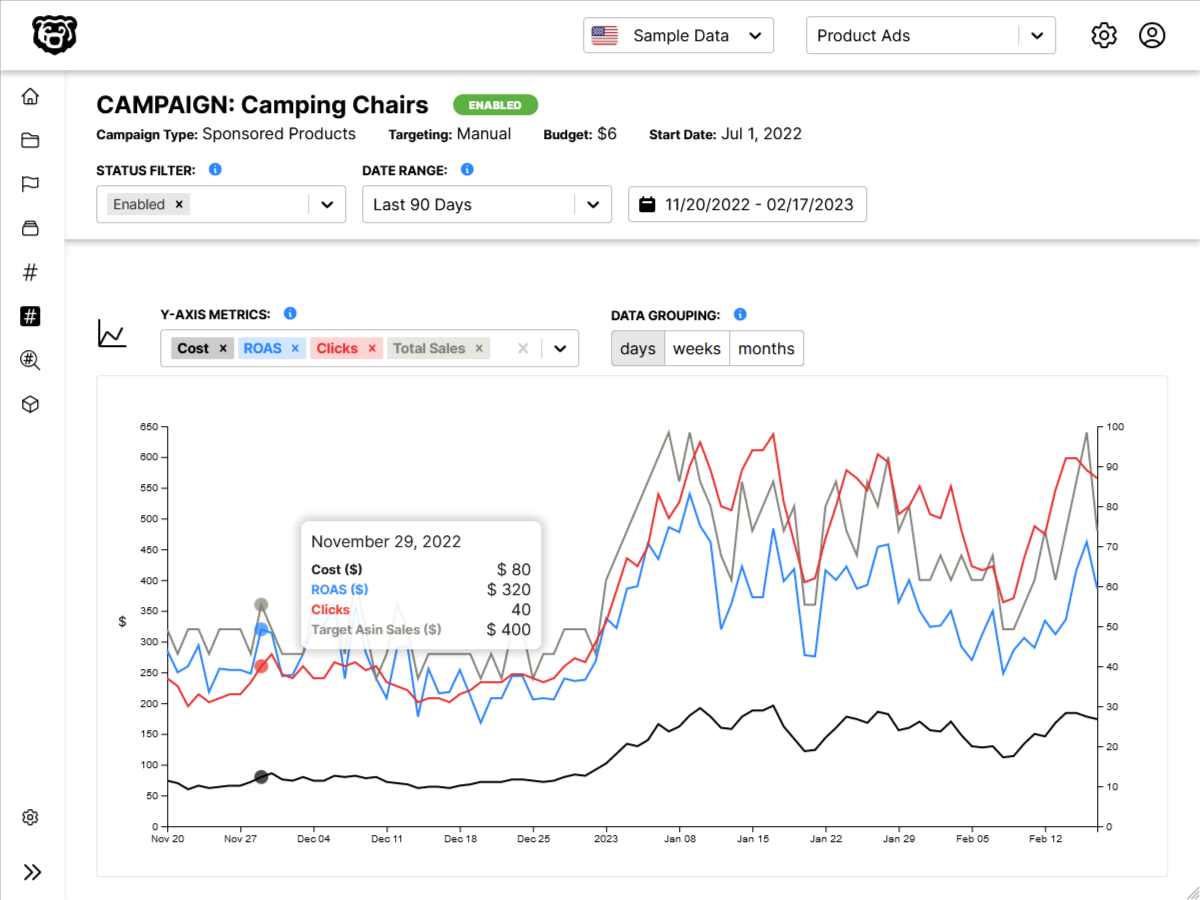AWS: Reformatting DynamoDB Data
Intro
One of the quirks of DynamoDB that we learned earlier is that all of the data in Dynamo DB is stored with attribute values.
for example
{
"Items": [
{
"UserId": {
"S": "user002"
},
"income": {
"N": "100000"
},
"height": {
"N": "150"
},
"age": {
"N": "33"
}
}
]
}
With N and S indicating string and number. And this gives us a bit of a problem when we get this data returned to us, we need to convert it back into a usable format.
There are a couple of ways to do this. First of all, Amazon has released a native tool in the SDK to handle converting data both into, and out of the DynamoDB called Document Client.
Another way to handle this would be to do it manually. Let's take a look at each method.
Manual Reformat
Let us change our Lambda function to the following
// Import the AWS SDK
var AWS = require("aws-sdk")
var dynamodb = new AWS.DynamoDB({
region: "us-east-2",
apiVersion: "2012-08-10",
})
exports.handler = (event, context, callback) => {
const type = event.type
// app will request all user data or single user data
if (type === "all") {
var params = {
TableName: "compare-yourself",
}
dynamodb.scan(params, function (err, data) {
if (err) {
console.log(err, err.stack) // an error occurred
} else {
console.log(data) // successful response
// map returned data to new variable
const items = data.Items.map(item => {
return {
UserId: String(item.UserId.S),
age: Number(item.age.N),
height: Number(item.height.N),
income: Number(item.income.N),
}
})
// callback that new variable
callback(null, items) // highlight-line
}
})
} else if (type === "single") {
callback(null, "Requested Single User Data")
} else {
callback(null, "Invalid Type Request in URL Parameter")
}
}
Where we have simply created a new object from a map of the originally returned object, and then put that new object in the callback. This successfully returns the following.
[
{
"UserId": "user002",
"age": 33,
"height": 150,
"income": 100000
},
{
"UserId": "user001",
"age": 33,
"height": 150,
"income": 100000
},
{
"UserId": "user003",
"age": 55,
"height": 150,
"income": 5670000
}
]
Document Client Reformat
With this method we use the Document Client to abstract away the DynamoDB attribute values, and we can use it while sending and receiving data from the database.
// Import the AWS SDK
var AWS = require("aws-sdk")
var docClient = new AWS.DynamoDB.DocumentClient({ region: "us-east-2" }) // highlight-line
exports.handler = (event, context, callback) => {
const type = event.type
// app will request all user data or single user data
if (type === "all") {
var params = {
TableName: "compare-yourself",
}
docClient.scan(params, function (err, data) { // highlight-line
if (err) {
// an error occurred
console.log(err, err.stack)
} else {
// successful response
console.log(data)
callback(null, data)
}
})
} else if (type === "single") {
callback(null, "Requested Single User Data")
} else {
callback(null, "Invalid Type Request in URL Parameter")
}
}
which successfully returns to us
{
"Items": [
{
"UserId": "user002",
"income": 100000,
"height": 150,
"age": 33
},
{
"UserId": "user001",
"income": 100000,
"height": 150,
"age": 33
},
{
"UserId": "user003",
"income": 5670000,
"height": 150,
"age": 55
}
],
"Count": 3,
"ScannedCount": 3
}
Conclusion
Using the document client would be my preferred method, but it's good to keep in mind that we can do this all manually if we have an edge use case that requires manual conversion.
Automated Amazon Reports
Automatically download Amazon Seller and Advertising reports to a private database. View beautiful, on demand, exportable performance reports.
